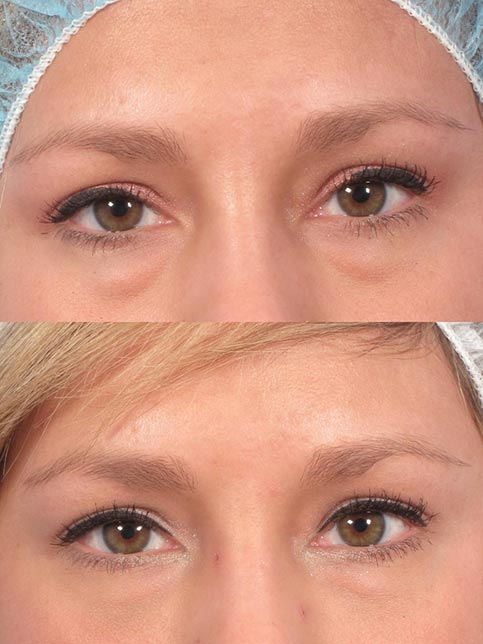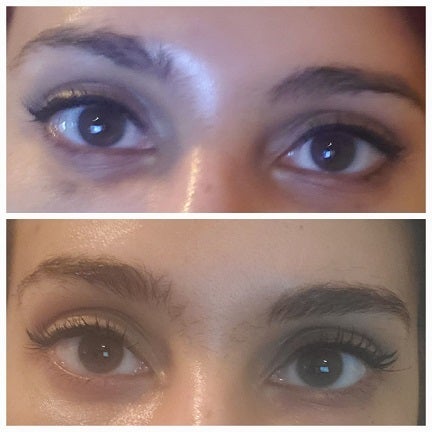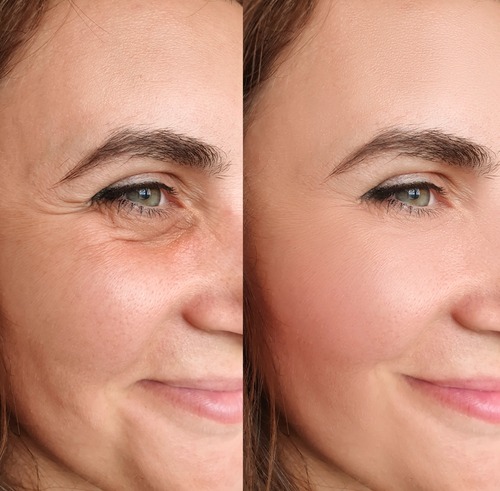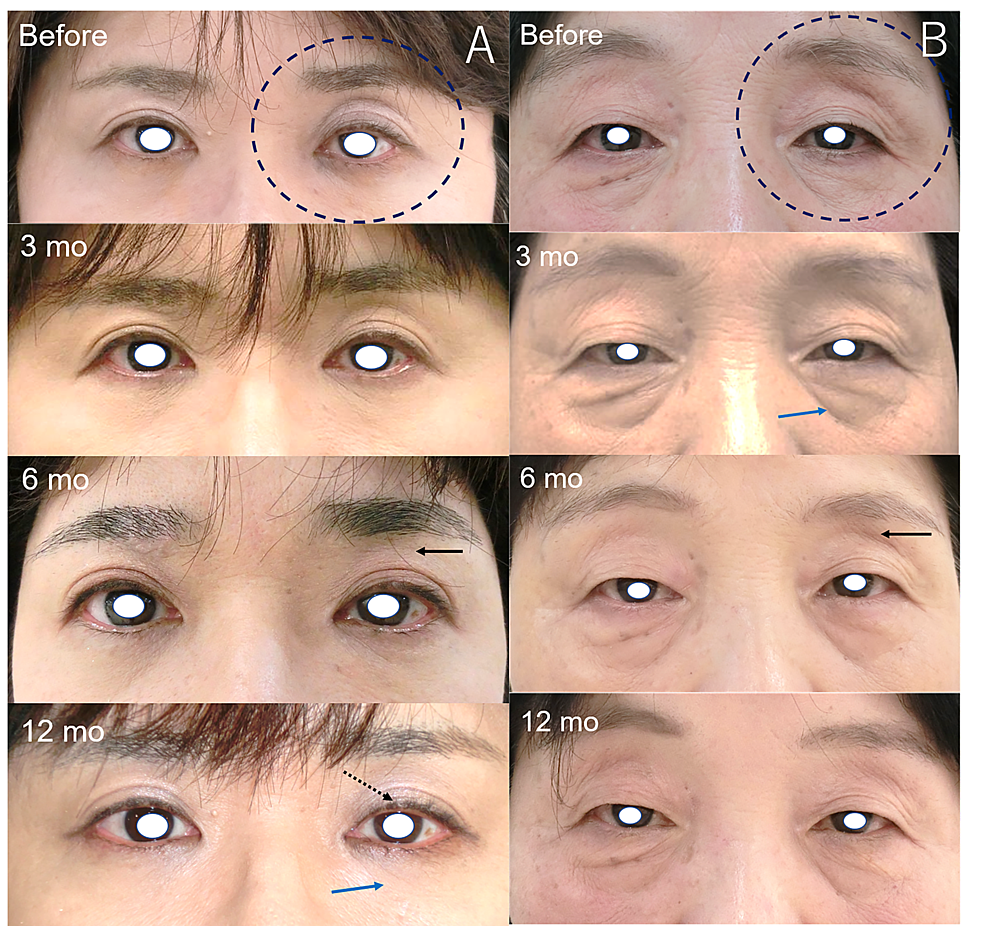Understanding Orbital Fat Loss: A Comprehensive Guide a lesser-known aspect of the aging process, can significantly impact both the aesthetic appearance and functional aspects of the eyes. In this comprehensive guide, we delve into the intricacies of orbital fat loss, exploring its causes, symptoms, and potential solutions.
Understanding Orbital Fat Loss: A Comprehensive Guide
Contents
What is Orbital Fat Loss?
Orbital fat loss refers to the reduction of fat within the eye socket, leading to changes in the volume and contour around the eyes. This phenomenon often occurs as a natural part of aging but can also result from various medical conditions, lifestyle factors, or genetic predispositions.
Causes of Orbital Fat Loss:
Aging:
As we age, the tissues around the eyes undergo changes, including the loss of fat. This can result in a hollow or sunken appearance around the eyes, making an individual look older than their years. Watch On Youtube.

Genetics:
Some individuals may be genetically predisposed to orbital fat loss, with a family history of hollowing or changes in eye contour.

Medical Conditions:
Certain medical conditions, such as thyroid disorders or autoimmune diseases, can contribute to orbital fat loss. Understanding and addressing these underlying health issues is crucial in managing this condition.
Symptoms of Orbital Fat Loss:
Sunken Eyes:

One of the primary visual indicators of orbital fat loss is the appearance of sunken or hollow eyes. This can create shadows that may affect facial aesthetics.
Loose Skin:

Orbital fat loss can lead to a laxity of the skin around the eyes, contributing to the perception of aging.
Vision Changes:

In some cases, orbital fat loss may affect the positioning of the eyes, leading to subtle changes in vision. This can include difficulty focusing or strain.
Solutions and Treatment Options:
Dermal Fillers:
Injectable dermal fillers, such as hyaluronic acid-based products, can be used to restore volume around the eyes, reducing the appearance of hollowing.
Fat Grafting:
Fat grafting involves transferring a patient’s own fat from another area of the body to the orbital region, providing a natural and long-lasting solution.
Surgery:
In more severe cases, surgical interventions like blepharoplasty may be considered to address both excess skin and orbital fat loss.
Prevention and Lifestyle Tips:
Maintain a Healthy Lifestyle:
Adequate hydration, a balanced diet, and regular exercise can contribute to overall skin and tissue health, potentially slowing the aging process.
Sun Protection:
UV radiation can accelerate skin aging. Using sunscreen and wearing sunglasses can help protect the delicate skin around the eyes.
Conclusion:
Understanding orbital fat loss is essential for individuals seeking to address changes in eye contour and appearance. Whether through non-invasive procedures or surgical interventions, various options are available to manage this condition effectively. Consulting with a qualified healthcare professional can provide personalized insights and guidance on the most suitable approach for each individual.
Also Read.
Maximizing Your Workout Potential: Pre-Workout Nutrition


Informative 👍